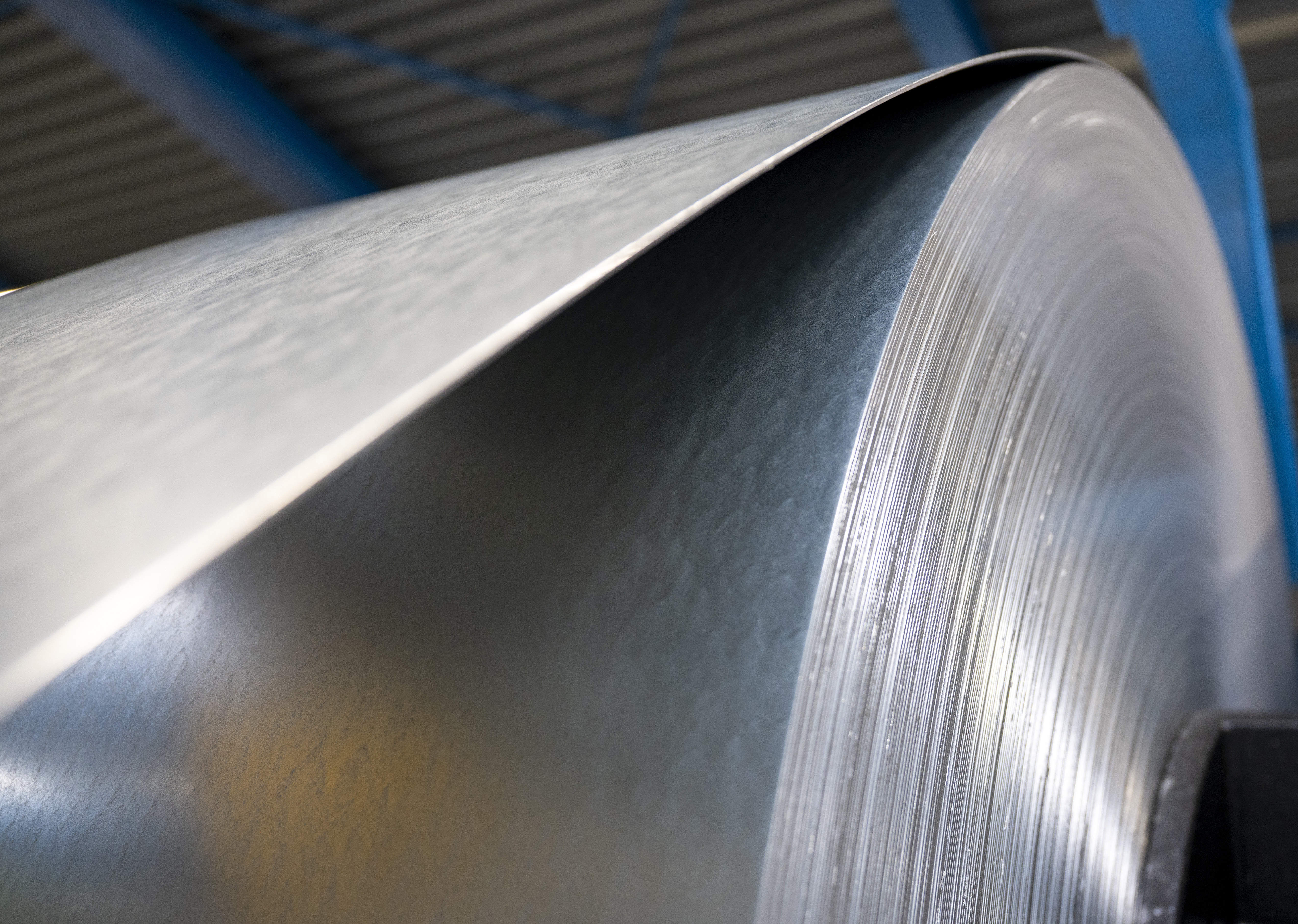Bent Anchor
The bent Upper Lintel Anchor is inserted from above the shell floor. For this, holes are drilled in the typically 70 mm thick skin of the precast floor slab. “By incorporating aerated concrete blocks into the edge of the upper precast floor slab, drilling becomes much easier,” says Arjan. After placing the precast floor slab, the anchor is inserted through the drilled hole into a recess in the upper lintel of the HSB facade element. After this, the precast floor slab can be poured. The dimensions of the anchor are 150 mm (horizontal), 175 mm (vertical), and 63 mm (bent end). There is a choice of diameters of 12, 16, 18, 20, and 22 mm. Arjan adds, “For a hole in concrete, a diameter of 12 mm is often sufficient, but for aerated concrete, a minimum of 20 mm is recommended.”

